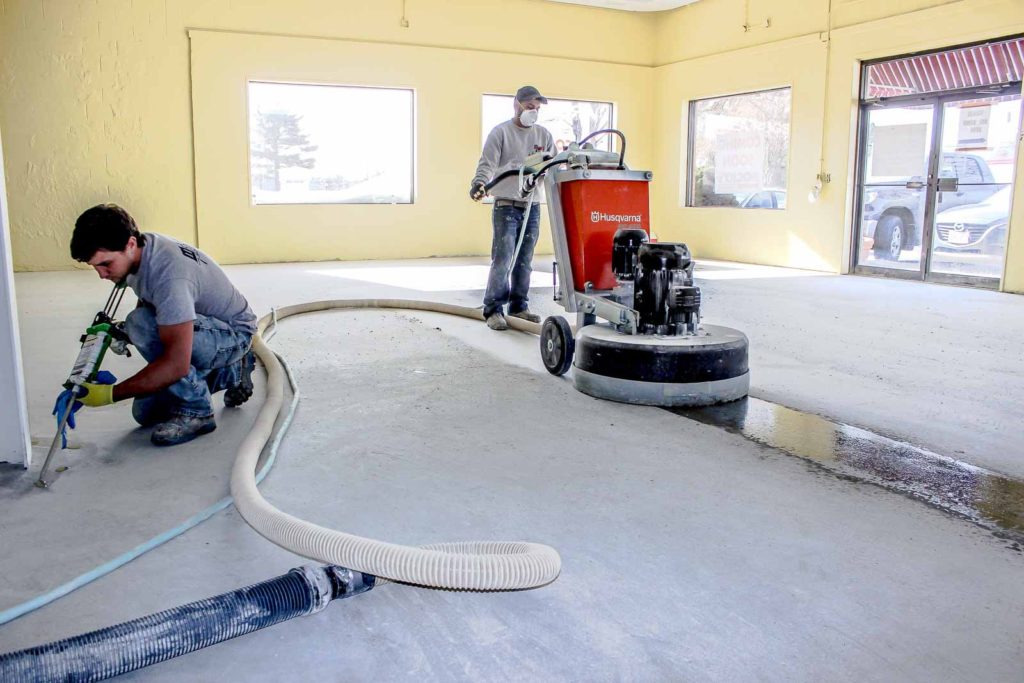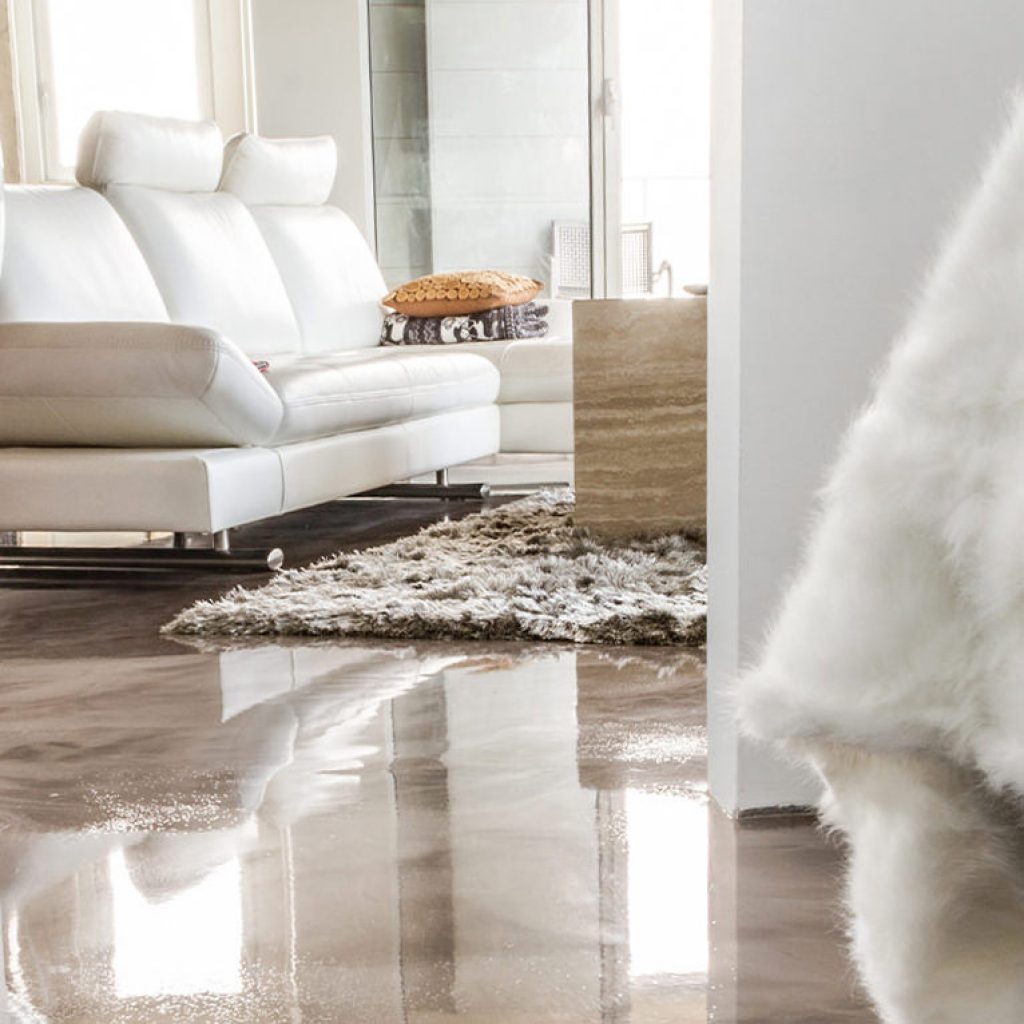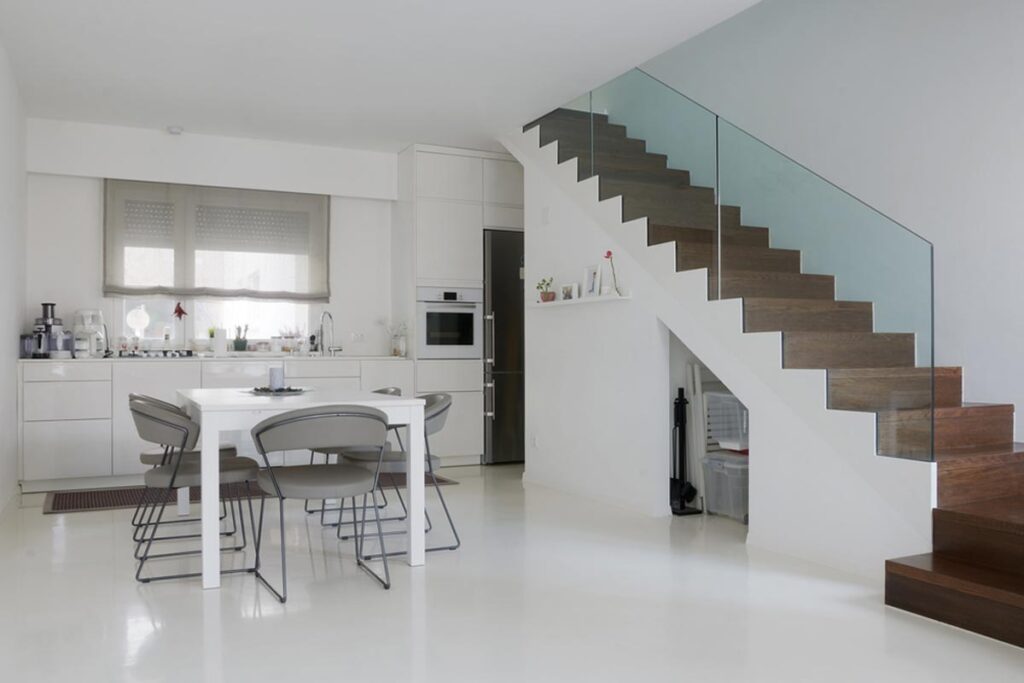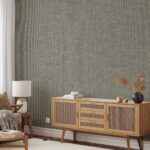Epoxy Flooring has gained a lot of popularity in the recent past due to its versatility and durability. Many homeowners now prefer it over any other type of flooring because of a number of factors including cost effectiveness, design and style diversity and easy maintenance to name a few.
But, the installation of an epoxy flooring is not an easy job. A professional epoxy flooring company is recommended to do the job in order to maintain the texture and shiny surface. One mistake in the application and your epoxy floors can go from looking royalty to extremely cheap.
Here are some of the most common mistakes that are made while installing an epoxy flooring.
1. Inadequate Preparation
Everyone tends to underestimate the importance of prepping their floor but missing this step will cost you the most. While preparing your floor, you dust it off, grind it and fill in any deep holes for the smooth application. This removes the impurities and contaminants that we don’t even see but they have the potential to harm the floor. Without cleaning the surface, you can forget about having a smooth epoxy coating application.
This lack of preparation also leads to a problem referred to as the ‘Fish eye’ among professionals where contaminants such as oil and grease cause epoxy to pull away during curing, forming a circle in the finish which resembles a fish eye.

2. Moist Concrete
Again, any amatuer fails to recognize the importance of such small things; however, a professional will be well aware that if adequate drying time is not given to the concrete the moisture will rise to the surface creating bubbles in the finish. Depending on the humidity and temperature, you will have to give your floor at least 24 hours to dry fully, sometimes even more time is required in low temperatures or high humidity.
To prevent bubbles, what you can do is run a moisture test before application to determine if the floor is ready for epoxy. Although, some water-based epoxies are now available which allow sealing epoxy on a damp floor but make sure to ask your contractor beforehand.
3. Mixing Errors
It’s just mixing, how hard can it be? Well, it’s not but it definitely is tricky. Most people tend to confuse volume with weight and completely mess up their floor mixture. Getting confused between ratios will affect the consistency so much that it may make it unusable.
Sometimes the problem is mixing too fast with a paddle mixer trapping air bubbles in the epoxy.
Most epoxy systems require you to mix a 2:1 ratio by volume. This means you must pour two portions of epoxy to every one-part hardener.
Nonetheless, this is not a universally decided ratio and different manufacturers require different prep so pay attention to the instructions.

4. Floor Blistering
If your floor is too dull and uneven with pinholes, cratering and bubbles giving it a blistered look then the temperature conditions were not right. Either your mixture was too hot, or too cold or direct sunlight hits your curing resin. Any of these problems can give your floor a blistered look.
According to experts, the best way to prevent a blistered look is to allow the temperature to be between 60 and 85 F, mix proportions of epoxy and resin very carefully and give proper time to neat application.
All these small steps will revive the floor to its original outlook which is shiny and smooth! Any experienced applicator will always know how to get rid of these problems depending on the type of your floor.
Epoxy floors are in the interior design trend AND they are very tricky. Sometimes even professionals tend to make mistakes, but they always know how to solve these problems and give you the product you wished for. A successful floor coating can be easily done by hiring an experienced contractor. If you really want to go DIY on this and save some money, then spend your time doing research before you dirty your hands. Good luck!






